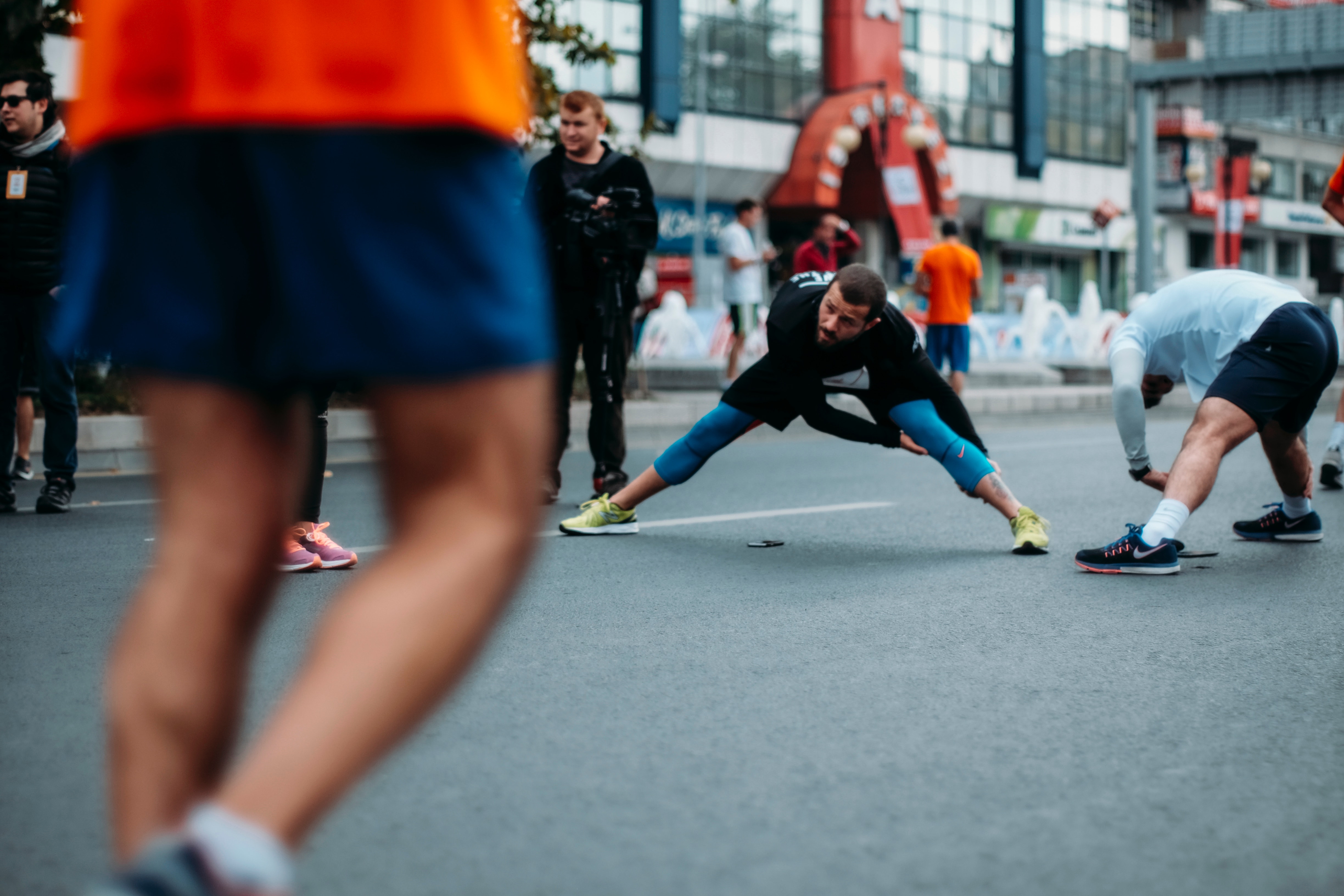

- #COMPARE AND CONTRAST STATIC AND DYNAMIC FLEXIBILITY. FULL#
- #COMPARE AND CONTRAST STATIC AND DYNAMIC FLEXIBILITY. PROFESSIONAL#
#COMPARE AND CONTRAST STATIC AND DYNAMIC FLEXIBILITY. FULL#
Whether running a marathon, training for a bodybuilding competition, testing 1RM, or playing a full length soccer match an athlete must produce a measure of force. This point is null in light of the fact that allĪctivity and performance requires force production. Although activity requirements vary widely between sports, and coaches may argue based on what they specifically need for their athletes, for the purpose herein it is mostly moot point. These metabolic requirements vary in range from power, to anaerobic power, anaerobic capacity, aerobic power, to aerobic capacity, and in many cases multiple combinations herein. Rather than confine ourselves to listing individual sports, it may be more efficient for our purposes to categorize them into sport-specific metabolic demand or requirement. After all, there are many types of sports and even more training types to go along with them. That is, improving performance is tied into the specific activity the athlete will be involved in.
#COMPARE AND CONTRAST STATIC AND DYNAMIC FLEXIBILITY. PROFESSIONAL#
Any strength professional would argue that performance is largely sport-specific. In order to judge whether a warm-up is good we must first define performance. For the purposes of foam rolling and static stretching, reference will be given mostly to the general warm-up and anatomical need. A warm-up should also begin more generally and end more specifically starting with full body and progressing to activity, sport, and/or anatomical need.


To maximize an athletes performance and to prevent injury, a warm-up and cool-down must accomplish multiple objectives. A cool-down should return the athlete to homeostasis, to recover, in order to be ready to train or compete relatively quickly. A cool-down should also be focused on helping the athlete attain the same two objectives, by preparing the body to recover from the activity performed. A proper warm-up should prepare the body for physical activity in order to accomplish these two tasks. This is true regardless of nature of activity, or activity level (moderate to vigorous.) Simplistically put, this is because the over-arching goals for each are one in the same, 1) to perform a task,(generally at the highest possible level attainable), and 2) to not get hurt doing it. Performing a proper warm-up and cool-down are an essential part of any exercise routine.įrom the weekend warrior, to the fitness enthusiast, and all the way to the professional athlete, warm-up and cool-down are necessary to prevent injury and maximize performance. It will also explain why both are necessary, and highlight important information for a strength professional to consider when deciding when and why each should be utilized. Both are founded methods, and are necessary tools for success, but is one better than the other? This article will compare and contrast static stretching and foam rolling, and review the positive and negative aspects of each. Static stretching is the old mainstay a tried and true method for getting the body ready for any activity and increasing range of motion.

Self-Myofascial release, or foam- rolling, is the new(er) kid on the block, and becoming more and more widely used and accepted every day. This article aims to examine, from the standpoint of a strength professional, two warm-up and cool-down methods Foam rolling and static stretching.


 0 kommentar(er)
0 kommentar(er)
